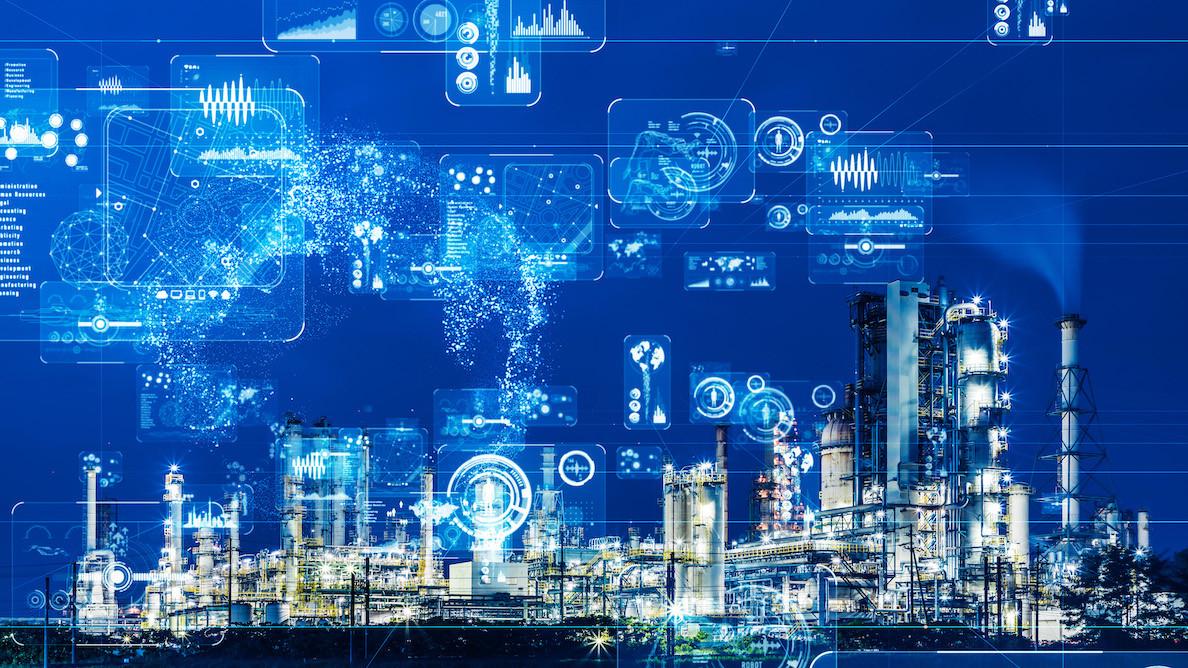The oil and gas industry has traditionally relied on human expertise and experience to find and extract fossil fuels. However, with the advancement of technology, artificial intelligence (AI) is increasingly being adopted by oil and gas companies to optimize operations, drive efficiencies and unlock new sources of value.
Predictive Analytics for Exploration and Production
One of the major applications of AI in oil and gas is using predictive analytics and machine learning models to analyze vast amounts of subsurface and operational data. This helps companies predict where to drill for oil and gas with higher probability of success. Advanced data analytics techniques are being used to analyze seismic data, well logs, core samples and production profiles to build digital twins of oil reservoirs. These digital twins contain predictive models that can estimate hydrocarbon volumes, flow rates as well as water and gas profiles for future wells. Several major oil companies have reported up to 30% increase in success rates of exploration wells drilled using AI-powered analytics.
AI is also helping optimize production from existing wells. Downhole sensors collect real-time data on parameters like pressure, flow rates etc. This time-series data is fed into machine learning models that can detect anomalies, predict failures and recommend remedial actions. For example, AI can predict when pumps, valves or other equipment might break down, allowing proactive maintenance. This predictive maintenance improves uptime and reduces unplanned shutdowns. Some producers have reported up to 20% increase in asset productivity using AI for production optimization.
Digital Transformation of Oilfield Operations
The digital transformation of oilfield operations is another area where AI is driving major changes. Drones, robots, sensors and software are enabling automation and remote operations. Computer vision powered by deep learning is being used to inspect pipelines, facilities and equipment for defects or leaks. Autonomous vehicles like drones inspect flare stacks, conduct aerial surveys and monitor construction sites. Subsea robots inspect pipelines, perform maintenance tasks and plug and abandon wells.
Onshore, robotic trucks autonomously transport goods. Self-driving vehicles carry workers, tools and equipment. Artificial Intelligence (AI) in Oil and Gas even powers virtual assistants that field workers use to get information, raise work permits and report issues. The pandemic accelerated this digital shift as AI enabled remote operations and monitoring when travel was restricted. Automation using AI improves safety by removing humans from hazardous tasks and locations while increasing efficiency. Companies expect over 30% reduction in downtime and operating expenses from digital field operations powered by AI.
Intelligent Supply Chain Management
Another important use of AI is for supply chain optimization. Demand forecasting, inventory management, route planning, logistics, transportation - each link in the complex oil and gas supply chain presents opportunities for AI-powered improvement. Machine learning algorithms analyze historical demand and operational data to forecast fuel requirements with higher accuracy weeks or months in advance. This enables JIT delivery and optimal inventory levels.
AI routes trucks carrying equipment, materials and products through the most efficient paths based on real-time traffic updates. It loads vessels, rail cars and trucks in a manner that minimizes unused space. Blockchain technology brings transparency by tracking assets and shipments across often complex supply networks involving multiple parties. Overall, AI promises more resilient, efficient and sustainable supply chain operations with estimated savings of over 15% in logistics costs for oil companies.
Augmented Economic Evaluation
Perhaps one of the most impactful uses of AI is for augmented economic evaluation of projects and assets. Assessing economic viability lies at the core of any major investment decision in oil and gas industry. AI augmented economic models use machine learning techniques to incorporate historical and contextual factors in cash flow projections. This leads to more realistic forecasts of production profiles, capital and operating costs over the entire lifecycle - from exploration to decommissioning.
AI enhances scenario analysis by evaluating a high number of potential outcomes factoring various risks. It also optimizes development plans by identifying the most economical sequencing and timing of activities. Companies report making investment decisions 30-50% faster while reducing risks using AI augmented economics evaluation. Overall, AI powers better business decision making through unbiased data-driven insights into project viability and portfolio management.
Conclusion
In conclusion, artificial intelligence is emerging as a key technology for the digital transformation of the oil and gas industry. From exploration to field operations to supply chain management, AI is automating manual tasks, improving efficiencies, enhancing safety and unlocking new insights from data. While the full potential of AI is yet to be realized, early adopters are reaping substantial economic and operational benefits. As deployment scales up across the value chain, AI is poised to revolutionize ways of working and reshape the future of energy industry over the coming decades.
Get More Insights On This Topic: https://www.trendingwebwire.com/artificial-intelligence-in-oil-and-gas-transforming-exploration-production-and-beyond/



